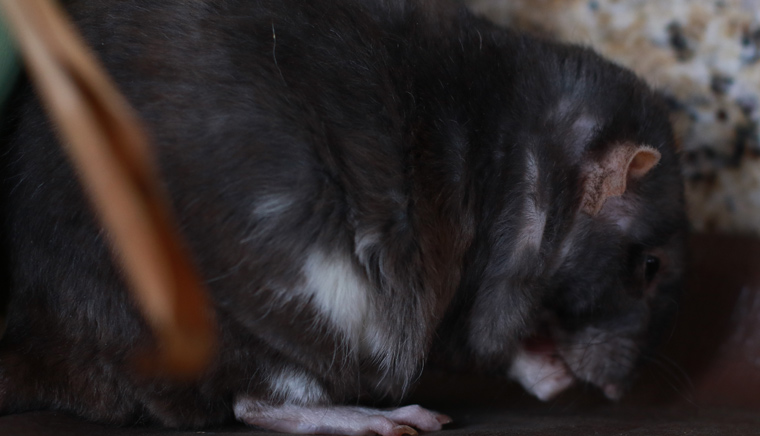- info@wildlife-removal.com
Call us for help in your town
Wildlife Removal Education
The One Rat Removal Method that DOESN'T Require Poison, Trapping or Dead Rats
Need rat removal in your hometown? We service over 500 USA locations! Click here to hire us in your town and check prices - updated for year 2020.
If you've done your research into rat removal, you'll know that poison is a bad idea because it doesn't work and potentially kills your neighbor's cat. You'll also know that trapping and releasing doesn't work, because that leads to trap-smart rats that always manage to find a way back into the property. Trapping and killing CAN work, but it's not the nicest approach to take. You'd rather not spend your time removing dead rats from traps that have been left all around the home, and traps and kids really don't mix that well.

What does that leave? Well, not many methods of rat removal, but there is still one more approach that you can take, that doesn't involve ignoring the problem and hoping it goes away all by itself. (Because it won't. It'll get worse. Much worse.)
Rat Exclusion
Rat exclusion isn't a commonly taken approach because it is quite a tough one to get just right. Exclusion is a process of animal removal that works for other pest animals, including bats. In fact, it is one of the most-used methods of bat removal, with the right bat removal company being able to remove an entire colony of bats from an attic or business property without harming or killing a single individual. That's quite a tough feat and isn't possible with other methods.
The idea of exclusion is a very simple one - you encourage the rats to leave a particular space using a well-travelled path. There is a device attached to the path, though. It allows the rat to move one way - out of the building, but when they try to get back in again, the door shuts as it would with a regular cage trap. They can't get back in again. They aren't trapped either; they can get out of the cage from the other end. The door is on one end only - the door that is designed to shut and then keep them out.
As you can imagine, this only works when exclusion or one-way devices are attached to well-used pathways, with all other entrance or exit points safely sealed and secured to ensure they can't just run and use another hole instead. What's the point in installing exclusion devices on one hole for the rats to use another hole just a couple of feet down?
Pros of Rat Exclusion
There are many, of course:
1 - You don't need to take a hands-on approach to rat removal - you don't need to remove dead rats from traps or that have been killed by poison.
2 - Dead rats aren't left lying around your home, rotting, attracting maggots, flies and other scavengers.
3 - You *should be* sealing as you go along and attach the exclusion devices, so you ARE still doing that vital part of the rat removal job.
Cons of Rat Exclusion:
Sadly, there are more cons to using this method of getting rid of bats in your home:
1 - You can't guarantee that you have gotten rid of every single rat, running the risk that you're sealing alive rats in your home or building. They will soon start breeding but will be left unable to get out, creating a much bigger problem than the one you originally started with.
2 - Exclusion only works when every single hole has been sealed or given a one-way device, funnel or door.
3 - Rats can be wary of strange or new devices, such as exclusion devices or traps, and can, therefore, find another way around.
Although not a pleasant prospect, snap traps are actually a very successful method of rat removal, ensuring that rat numbers are kept down at the same time. Live trap and release or exclusion of rats often leads to trap-shy rats, which then makes them virtually impossible for the next person to get rid of -. And that next person might just be you again.
Go back to the Rat Removal page, or learn tips to do it yourself with my How to Get Rid of Rats guide.


















